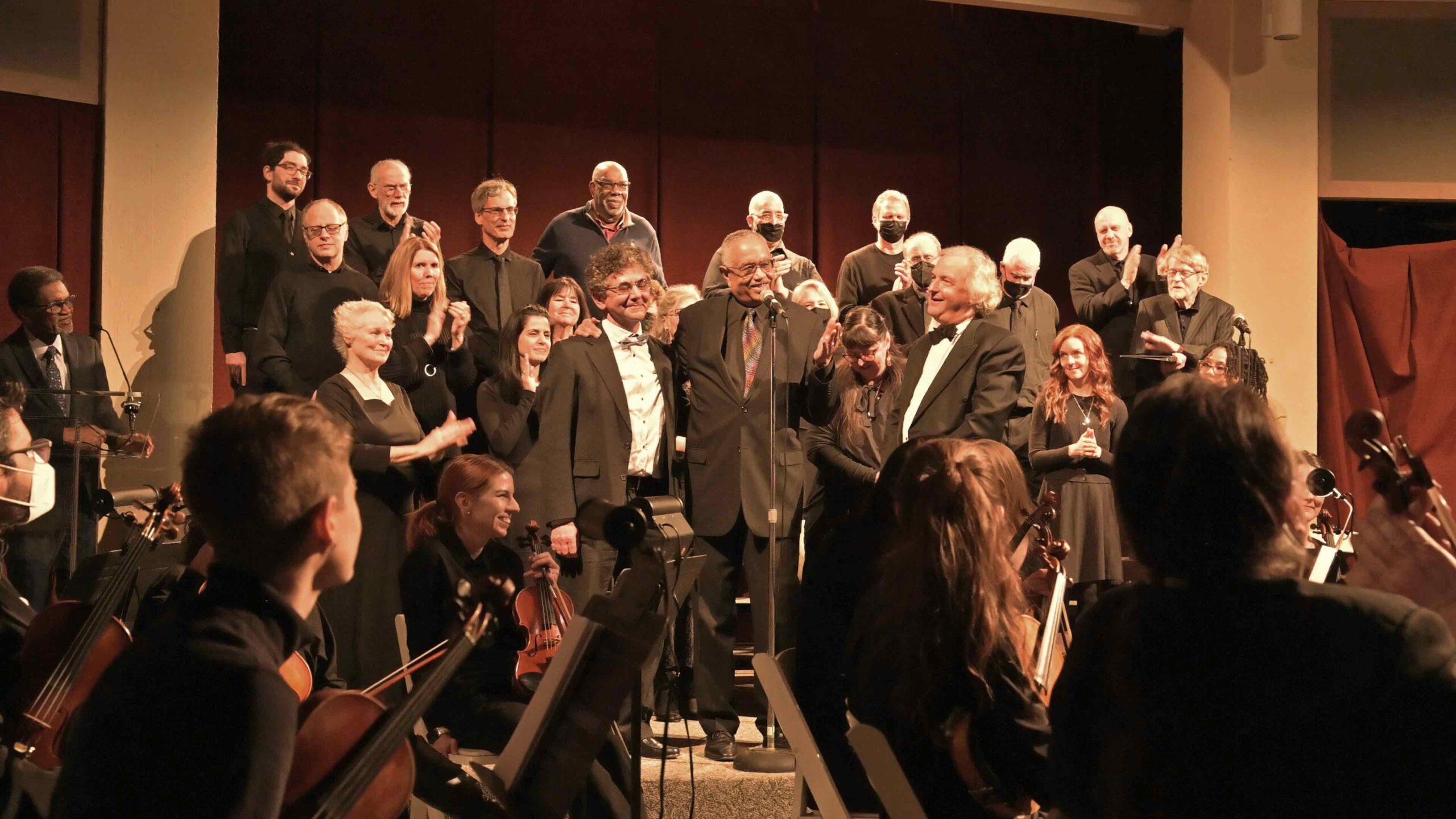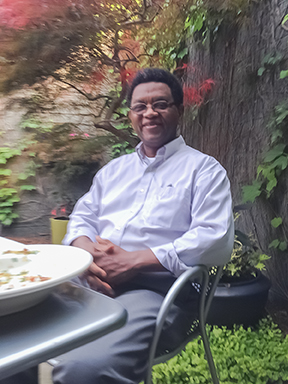



A new Temple Board is launching the next stage in a process of learning about the Mashriqu’l-Adhkar — a Baha’i institution with worship and service at its center, whose title is Arabic for “Dawning-Place of the Praise of God” — and the significance of the Baha’i House of Worship in Wilmette, Illinois, on the continental, national, regional and local levels.
“The Temple Board was established to work in concert with the Temple staff, other departments of the Baha’i National Organization and the surrounding communities, agencies and institutions of the Faith,” says George Davis, who has been appointed as the first person to serve as Temple Director and member of the board.
“The board is building on a process of learning about how to strengthen the relationship of the Temple to the wider community, as well as to the Baha’i community surrounding the Temple. We’re part of a process that’s really being engaged in by Baha’i Temples around the world,” he says.
Davis is joined on the board by Matthew Cotton Jr., Mark Eghrari, Elizabeth Franco, and Jordan Van Rijn. Members are appointed by the National Spiritual Assembly, the governing council for the U.S. Baha’i community. The Temple in Wilmette is one of several around the world that are considered continental Baha’i Houses of Worship.
According to Davis, here are some of the kinds of questions the board will be exploring:
Davis says how the board will carry out these explorations is still unfolding and is “building on learning that’s been going on systematically over the past 25 years by Baha’i communities throughout the world. This community-building process is occurring through activities that build capacity for service through application of the Baha’i teachings to the individual and collective lives of communities. At the core of this learning process is a pattern of action, reflection, consultation and study which will characterize the board’s approach to its work”


Board member Elizabeth Franco says, “We will be trying to encourage the people who are living nearby to have this feeling of ownership of the Temple. Sometimes we can have the sense that this is just a place where we are going just to pray. But also this is a place where we can build communities.”
Franco, a native Spanish speaker, has been hosting international devotionals online and promoting monthly Spanish devotionals hosted by the House of Worship. “I’m just praying to be able to serve and contribute in a way, and I’m excited to be learning so much,” she says.
For the moment, the new Temple Board has been meeting frequently online as the House of Worship is closed due to the pandemic. Davis says there is a lot of planning between the staff and the board to anticipate what the reopening will really be like.
“As things open up again, we really expect to see an even greater level of activity and an even greater surge of opportunities than before the pandemic,” he says. “We’re anticipating that we’ll see quite a strong demand for more and more of a connection with the Temple as we go forward.”
For example, during the pandemic, online daily devotional programs and Holy Day observances have routinely found global audiences reaching far beyond the customary visitors, Baha’is and people living nearby. Davis says the Temple Board will need to consider how a connection with the Temple in the online environment and through social media can continue even after reopening while not losing site of the vital importance of receiving thousands of visitors and fostering ever closer ties with local communities.


The Temple Board will also have input into the development of the physical space of the House of Worship. “The Temple is so crucial and so important for the communities. It should be this symbol of perfection in this material life,” says Franco.
“Before the pandemic, we had actually seen a rising number of activities associated with the community building process… regional seminars, for example, that were taking place every few months,” and gave participants from surrounding communities as well as from outside the Chicago area the opportunity to pray, study and engage in acts of service together, Davis says.
“Some Temples around the world create facilities on the grounds for this type of training. In a sense, we will need to consider how the Temple and surrounding properties might increasingly serve a similar purpose,” he says. For example, when the board thinks about Foundation Hall, the historic lower level of the Temple where many conferences, celebrations and educational activities have taken place since the 1920s, “how could it be repurposed to better support that kind of experience?”


![]()
![]()
Whether you are exploring the Bahá'í Faith or looking to become an active member, there are various ways you can connect with our community.
Please ensure that all the Required Fields* are completed before submitting.